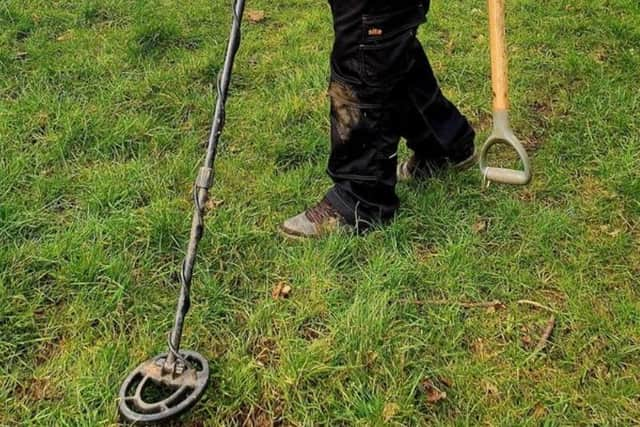Doncaster family discover hoard of 38 Medieval silver coins during dig on private land in Bentley
and live on Freeview channel 276
Two stashes amounting to 38 coins were uncovered on an undisclosed piece of land in the archaeological dig in 2019.
A inquest was held at Doncaster Coroner’s Court today (May 13) to formally rule the find was treasure so it could be logged with the British Museum.
Advertisement
Hide AdAdvertisement
Hide AdHowever, the hearing was halted when coroner Simon Tate realised the court had wrong information about the find.


“It’s a fascinating find,” said Mr Tate while making small talk with the family. “How was it found?”
It was first understood the coins had been found in one hoard by an metal detectorist named Julius Zucas.
However, the land owner, Ms Hazel Marshall, told the coroner the collection had been found across two locations in the course of a week. While the first lot was found just by Mr Zucas, the second also had her, her family and several other diggers involved as well.
"Ah,” said Mr Tate. “That creates something of a problem.
Advertisement
Hide AdAdvertisement
Hide Ad"The information in front of me is that it was found in one hoard, but from what you’re telling me, it was two separate hoards.
"We will need to determine which coins were found in each hoard, not least in case anyone else who was there, including yourselves, want to be credited as finders.
"I’m afraid we will have to do some investigating.
2Thank you for raising it thought – it’s much better we find this out now before we conclude the inquest and send a record off to the British Museum.”
Despite saying he was “confident” the finding classed as treasure, the inquest was adjourned indefinitely to determine how each coin was found.
Advertisement
Hide AdAdvertisement
Hide AdInquests are held to determine if significant archaeological finds can be formally classed as treasure, in that there are more than 10 coins that are more than 300 years old and are made up of at least 10 per cent of a precious metal.
Finds believed to be treasure must be reported to the local coroner within 14 days, where the finder will be asked to take the object to a local museum or archaeological body.
Comment Guidelines
National World encourages reader discussion on our stories. User feedback, insights and back-and-forth exchanges add a rich layer of context to reporting. Please review our Community Guidelines before commenting.

